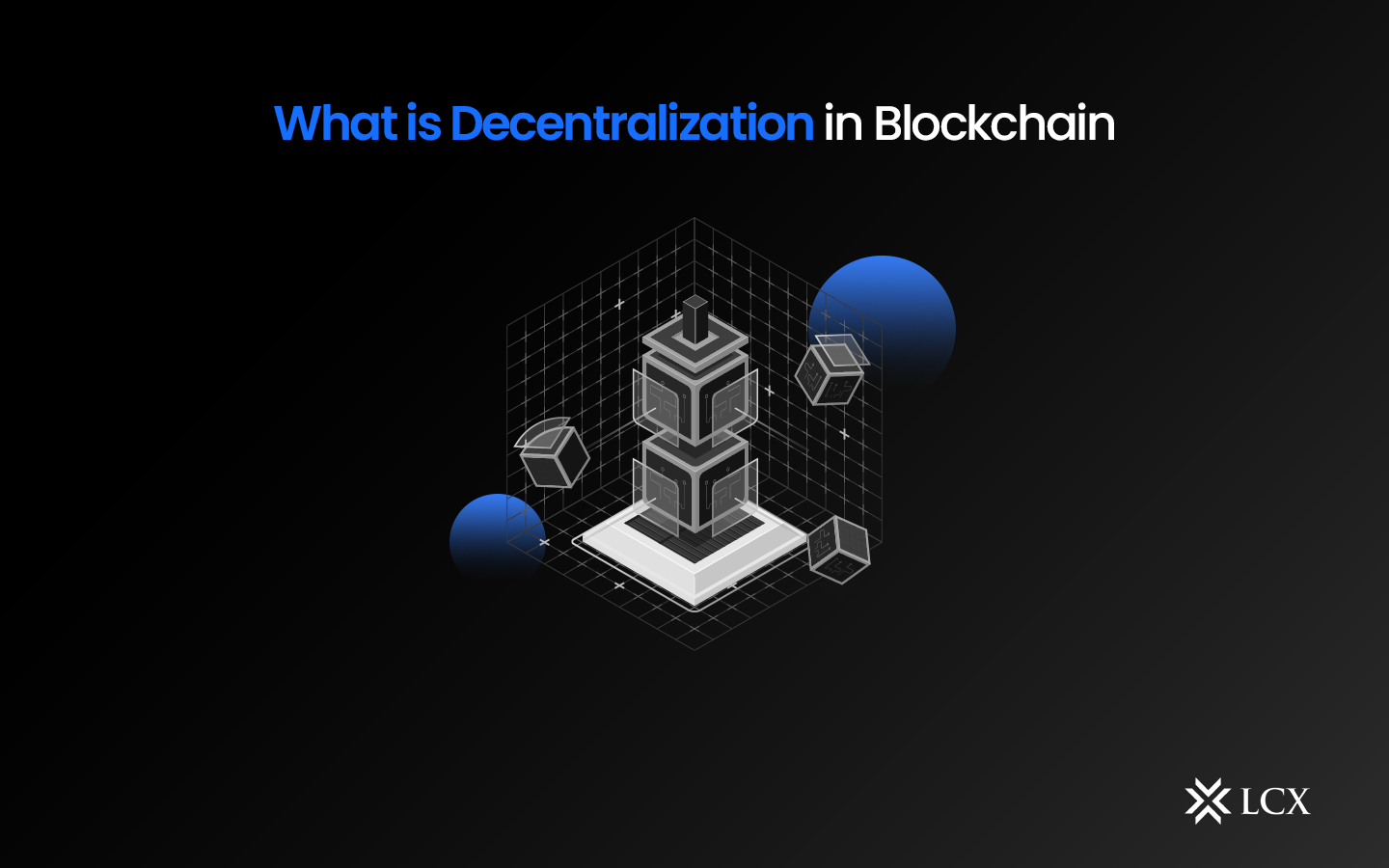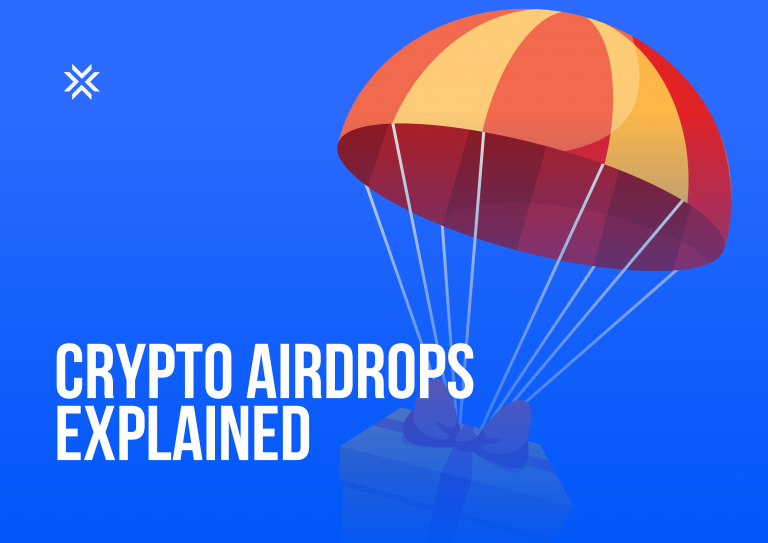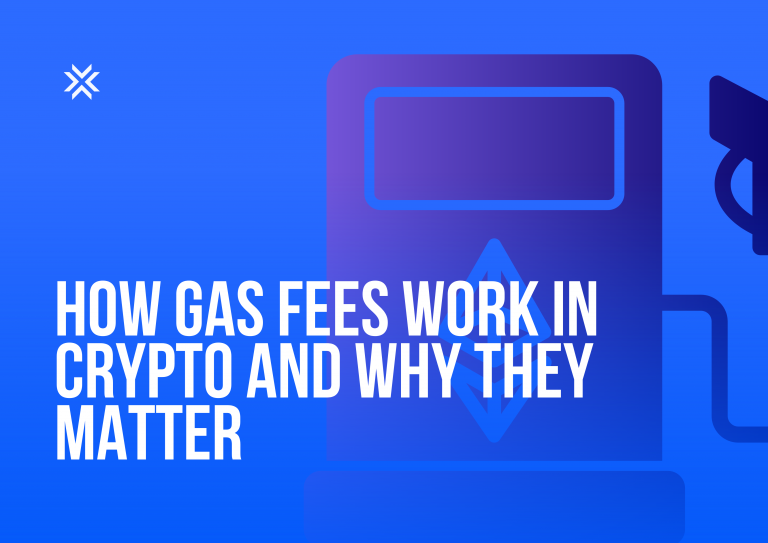Blockchain consists of a series of modules that store data. It is exceedingly challenging to modify data once it has been appended to a block; therefore, blockchain is an exceptionally secure currency network. Various cryptocurrencies, including Bitcoin, Ethereum, and Litecoin, operate on distinct blockchains that generate specialized databases.
Blockchain is merely a massive ledger to which new blocks are appended with each new transaction. It is electronically stored and not in the possession of any organization, individual, or group. This indicates that it is accessible to a large number of users simultaneously, without charge.
How Does Blockchain Work?
The concept of blockchain is not novel. It was initially conceived in 1991 as a notary stamp, functioning similarly to a notary in that it timestamps documents to ensure their authenticity. That did not, however, turn out well. In 2009, Santoshi Nakamoto modified the notion and established the renowned digital currency presently recognized as Bitcoin.
These cryptocurrencies are recorded on a distributed ledger on the blockchain. As each transaction transpires, an additional block is appended to this sequence of blocks. A block’s anatomy comprises three components:
- Data- the sender, receiver, and amount traded.
- Hash- it is the unique code of every block, like a fingerprint.
- Hash of the previous block- every block is attached to one another, making a chain.
Thus, a minor modification to a single block can have a profound impact on the entire blockchain. In order to mitigate the risk of unauthorized access by hackers, an additional layer of security is implemented.
What Is Decentralization?
In the context of the blockchain, it refers to the transfer of authority and decision-making responsibilities from a centralized entity (be it an individual, organization, or group of people) to a distributed network. Decentralized networks aim to reduce the level of trust that participants should place in one another and discourage the exercise of authority or control over one another in a way that compromises the network’s effectiveness.
Datafication In the Blockchain Technology
The generation, organization, distribution, and allocation of a vast array of data in the digital realm are influenced more by technologies than by public processes. Social networking sites, online journals, and blogs are digitally pruned for data in order to target individuals with commercial advertisements. The Ethereum blockchain, a decentralized system, holds the potential to revolutionize digital currency by facilitating trustless and decentralized oversight of digital identity and logistics. These algorithms are essentially private users’ creations and implementations.
Social coordination, or the provision of services, requires data and digital information serves as a sophisticated illustration of data. This suggests that the conditions of the digital realm have a substantial impact on operations and services. Blockchain platforms and artificial intelligence are two of the most conspicuous manifestations of this trend. An expanding number of our social connections are being influenced by these technologies. Additionally, the political and financial sectors are becoming more organized and regulated as a result of the effects of AI and DLT, increased accessibility, and the services that comprise them. Prognostications from analysts and experts indicate an impending information upheaval that is comparable in magnitude and disruptive force to the modern industrial revolution.
Benefits of Decentralization
Facilitates a trustless setting
Within this blockchain system, it is not necessary to place trust in other participants. This is due to the fact that each node in the network possesses an identical or duplicate copy of the information detailed in a disseminated record. Regardless, in the event that a member’s record is altered or compromised in any manner, the majority of the individuals in the network will disregard it.
Improves data recovery
Information is routinely exchanged between corporations and their associates. Thus, this information is frequently updated and stored in the information vaults of each party, conceivably reappearing when it is necessary to be transmitted downstream. Each modification to the information introduces the possibility of information loss or the introduction of incorrect data into the workplace. Every participant in the information repository has a current and collective understanding of the data.
Reduces degrees of shortcoming
It can mitigate the severity of deficiencies in systems that rely excessively on specific personnel. These tender spots may result in significant setbacks, such as the inability to provide guaranteed services or inefficient assistance due to resource fatigue, intermittent power outages, bottlenecks, insufficient incentives for outstanding service, or fraudulent activities.
Optimized assets dispersion
Additionally, it can facilitate the distribution of resources in order to ensure that guaranteed services are delivered with increased consistency and effectiveness, as well as a reduced likelihood of catastrophic failure.
Disadvantages of Decentralization
The disadvantages are as follows:
Cost
Decentralization within an organization may incur higher costs compared to centralization. Due to the fact that it requires the advancement of communication automation technologies and systems.
Conflict
Decentralization ought to be utilized exclusively in cases where the demands of consumers are fulfilled. Disputes may potentially ensue in the event that users fail to adequately uphold decentralization.
Volatility
Decentralized blockchain-based cryptocurrencies are highly volatile. This can be attributed to the novelty of cryptocurrencies, and potentially the technology as a whole, in the marketplace. Consequently, an enormous number of individuals are making investments in them.
Crime
This is attributable to the anonymous nature of the network, wherein any activity can potentially be exploited or misapplied.
Conclusion
To put it simply, the decentralisation of the blockchain consists of a repository for information and transactions that are distributed among peers. The term “resource” can encompass more than just monetary or transactional information; it can also refer to data concerning products, agreements, partnerships, and ownership. Unlike other peer-to-peer networks, a blockchain does not duplicate the value that is transferred. Nevertheless, it appears that credit has been transferred from one individual to another.










